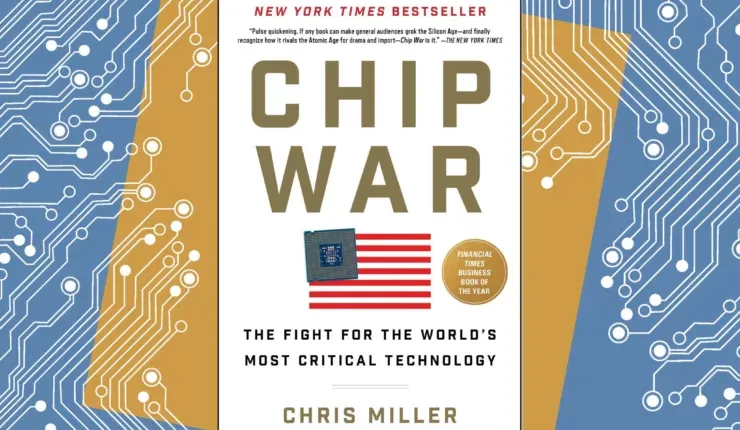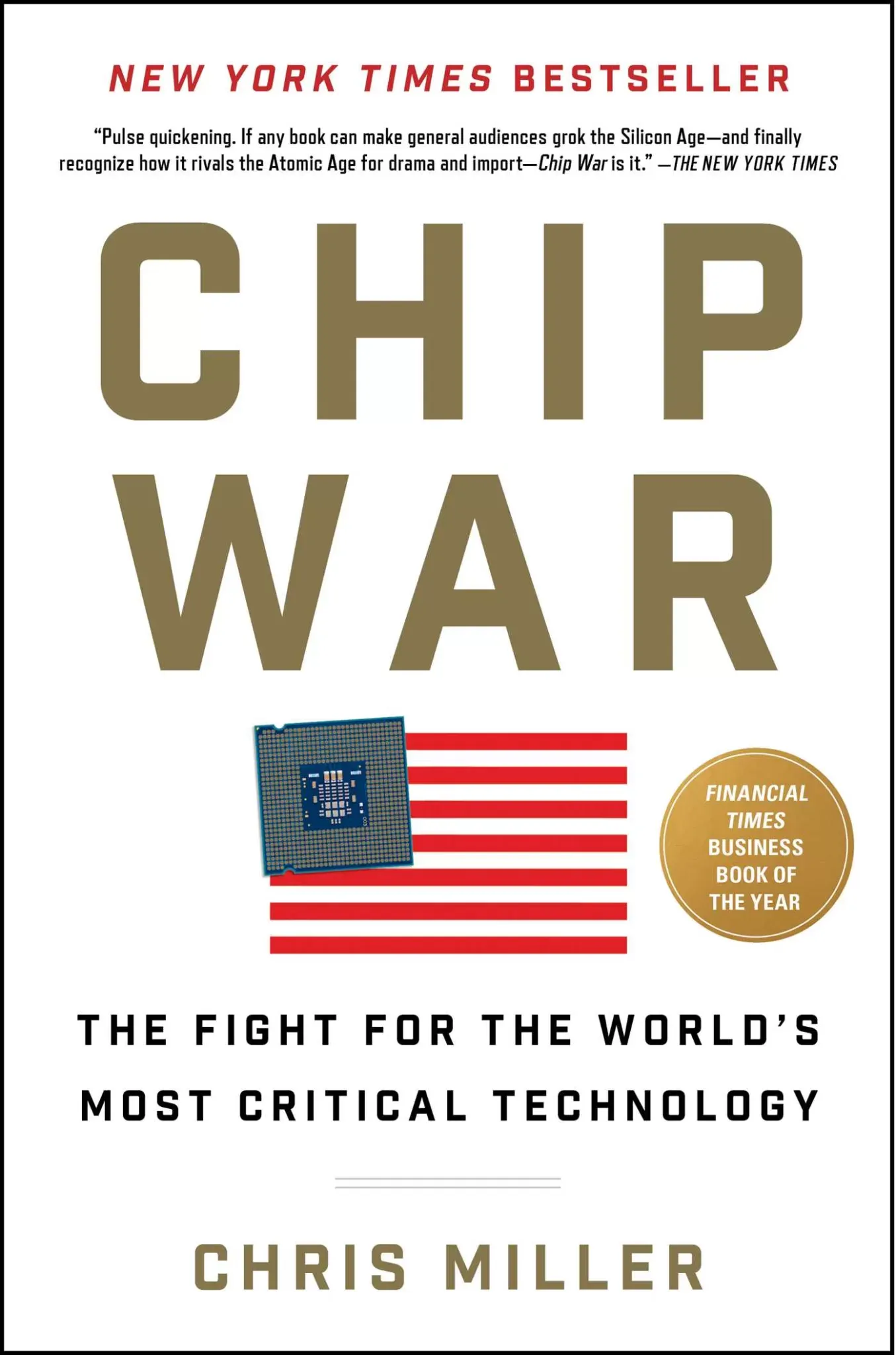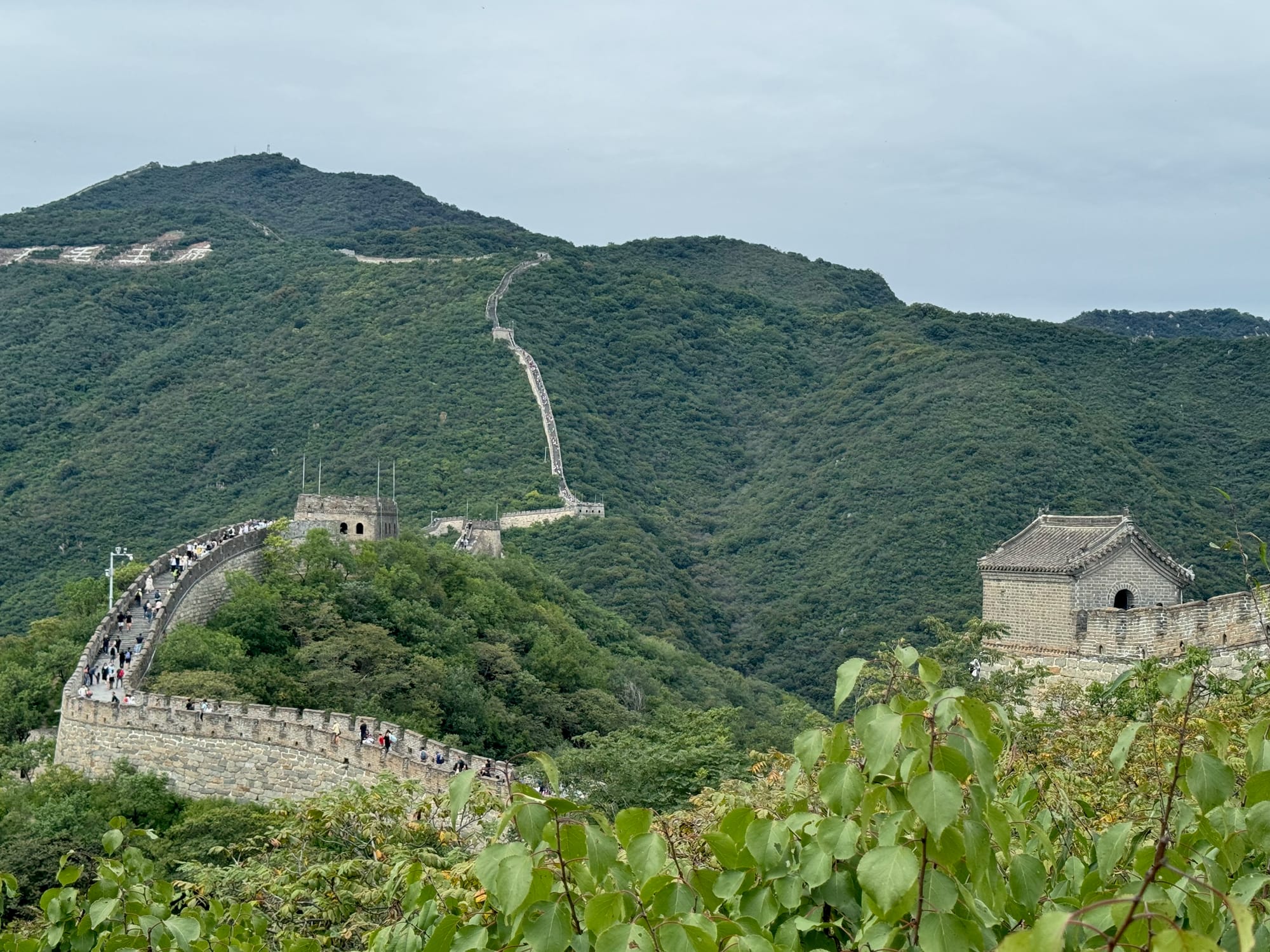Chip War – Information Age industry that drives the world order

If you’re passionate about computers, then you probably understand their architecture. On the most fundamental level, it’s a machine with a plethora of transistors. This man-made product invented in the USA after the Second World War started an Information Age. And “Chip War: The Fight for the World’s Most Critical Technology” by Chris Miller is a thrilling account of the seven decades of semiconductor manufacturing. Including the power dynamics that influence every business trade and every military conflict.

Transistor the building block of electronics
Immediately at the start of the book, Miller shows the scale of the chip industry. In 2021 more transistors were produced than the sum of all the products, of all industries, across the whole human history. A single integrated circuit can have billions of them, and considering that e.g., a modern car needs about 1000 of them, the immense number of transistors quickly adds up.
Scientific discoveries in the field of electrical engineering in the 1950′ started the wave of smaller and cheaper devices. Every decade since marked breakthroughs and convergence that led to radios, calculators, personal computers, graphic cards, smartphones, wearables among many others.
The initial military funding recognized the importance of computing in the space race between the US and the USSR. Then the consumer mass market drove prices down, while allowing for further research.
Asian Tigers – how semiconductors awoken them
Implementation of chips in a wide variety of devices meant that American companies started to outsource production to countries with cheaper labor. Japan, devastated after the Second World War, was one of them. Moreover, establishing numerous business and political ties was aligned with the US government, that wanted to keep Japan as an ally.
As a Japanese culture aficionado, I’m always impressed by the achievements of their high-tech society. “Chip War” explains the evolution of Japan from a low-cost manufacturing destination to the globally renowned electronics. A similar journey applies to Malaysia and the Four Asian Tigers: Taiwan, Singapore, South Korea, and Hong Kong.
By physically residing in most of these places, I had a glimpse of their advanced economies. In the book, I was mesmerized by the chapters about their rapid development. Now I understand how instrumental was and is the sector of precision electronics manufacturing. Simultaneously, I’m impressed by the multi decade stride of the American government to maintain allay relationships with all of these regions.
Story of no one hero
What originally started as an American military endeavor became a massive global industry, where no one single country or company can control the whole supply chain. The research, development, and production of chips at scale is simply too complex to be done by one party. Besides the aforementioned countries, the business and political ties are also extended to Dutch lithography and German optics companies, without them, none of it would be possible.
Yet simultaneously, China is trying to become such an all-in-one chip manufacturer. The US, via their political allies, coerce their ambitions. For instance, the brilliantly explained case of Huawei ban in the book. Americans are playing a dangerous game of supporting South-East Asian countries, protecting the sovereignty of Taiwan, while handing some manufacturing know-how to China, and treating them as a massive consumer market.
Miller’s book shows profiles of genius individuals, many of Asian background, who contributed to the birth and growth of the Information Age. The collective’s journey proves that our indispensable devices, like smartphones, were created thanks to the convergence of talents, wits and hard work. I’m glad that the author didn’t try to paint a picture of “one chip hero”. Instead, there’s a sufficient description of each person and their contributions across numerous challenges in each decade.
Chips fuel the world
Industrial Age wars depended on steel and fossil fuels. Information Age wars are driven by chip-enabled precision weapons, which Miller also writes about. Including the lack of precision missiles in the Russian army used against Ukraine. Russia never managed to create comparable computing technology, so it was forced to import chips, but doesn’t have enough of them due to the ongoing embargo.
The “Chip War” focuses on hardware because it is a backbone for any computing. Nevertheless, the software is what drives the mass adoption across the globe. There’s a fascinating revelation, pointed at the end of the book. Even if China manages to increase their dominance in chip production, the software dominance is an entirely different story. Currently, there are no Chinese operating systems, programming languages, or other software that achieved any global significance. TikTok may be the first consumer app that reached a billion users, but it’s just one exception, banking on social media trends.
The harshest competition in the whole sector has been present from the day one. It means that only the most adaptive and innovative companies remain long-term on the market. Nothing is given, and even if governments are heavily subsidizing their companies, especially in the case of Asia, the consumer market success is fickle.
Chip industry’s influence on digital nomads
The 21st century mobility of digital nomads is driven by specific technology sectors. The distributed work can be done if the following technologies are accessible:
- Smartphones and laptops.
- Cell phone networks, broadband fiber connections, satellite internet, Wi-Fi hot spots.
- Cloud computing, communication protocols, payment services, etc.
If these technologies were stopped or significantly disrupted, so would be the mobility of digital nomads. A glimpse of such scenario happened at the beginning of the pandemic, when production and transportation was halted, while the demand for electronics surged.
Nevertheless, I firmly believe that many digital nomads are flexible and resourceful. The online work can still be done on older or second-hand devices. Therefore, even if the chip supply chain is disrupted for a few months, the technologies already in use should be sufficient for such periods.
Read it if you want to understand the tech industry
I immensely enjoyed the whole book (listened to an audio version read by Stephen Graybill). It allowed me to connect a collection of vast and unrelated facts about Asia, tech achievements, and Silicon Valley lore. I believe it’s vital to understand what forces drove the rapid expansion of omnipresent electronics.
One thing that lacked coverage was the processing-intensive sector of crypto mining. While Miller writes about graphic cards being used in artificial intelligence research, there’s not a word about the Web3 phenomenon. Maybe in his view it wasn’t relevant, or the editor decided to trim it down. Still, crypto often gets bad PR, with headlines claiming that mining consumes as much energy (and computing) as a whole country. Such demand pushed Nvidia to create crypto dedicated GPUs.
In summary, if you like computers, you may be surprised that the chip industry became such a behemoth. Not only in terms of commercial success (the Big Tech), but also in terms of real world geopolitical conflicts. If you’d like to understand China’s tech control obsession, Soviet Russia’s attempts of building their Silicon Valley, Taiwanese master level in business relationships and diplomacy, Japanese and Korean rise of Sony and Samsung respectively, then look no further. “Chip War” describes the brief history of the transistor like no other book has ever done.





Discussion